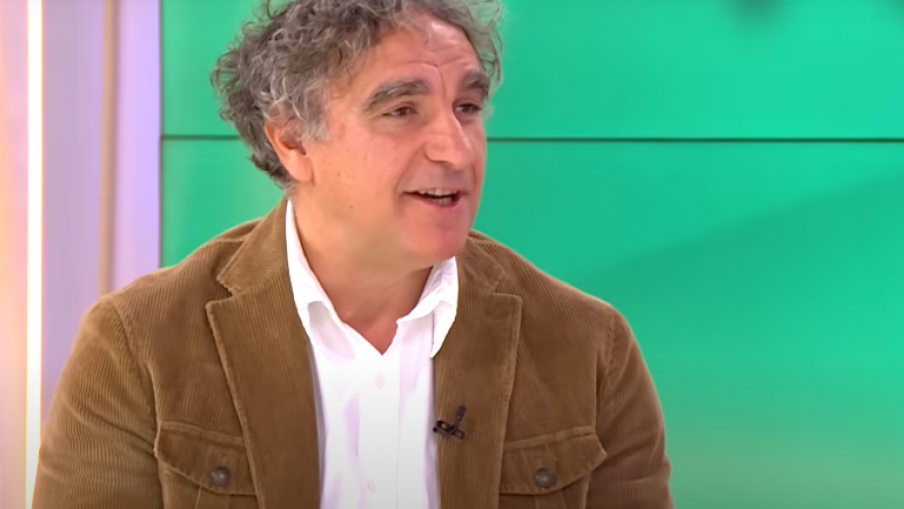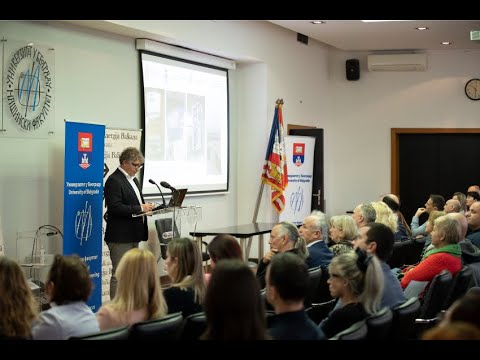History
The Global Environment Facility was established in October 1991 as a $1 billion pilot program in the World Bank to assist in the global environment protection and to promote environmental sustainable development. The GEF would provide new and additional grants and concessional funding to cover the “incremental” or additional costs associated with transforming a project with national benefits into one with global environmental benefits.
The United Nations Development Programme (UNDP), the United Nations Environment Program (UNEP), and the World Bank (WB) were the three initial partners implementing GEF projects. These three institutions continue to be the leading agencies of GEF.
At the world summit held in Rio de Janeiro in 1994, GEF was restructured and separated from the World Bank system to become a permanent and independent institution. The decision to make the GEF an independent organization enhanced the involvement of developing countries in the decision-making process and in implementation of the projects. Since 1994, however, the World Bank has served as the Trustee of the GEF Trust Fund and provided administrative services.
As part of the restructuring, the GEF was entrusted to become the financial mechanism for both the UN Convention on Biological Diversity and the UN Framework Convention on Climate Change.
In partnership with the Montreal Protocol of the Vienna Convention on Ozone Layer Depleting Substances, the GEF started funding projects that enable the Russian Federation and nations in Eastern Europe and Central Asia to phase out their use of ozone-destroying chemicals.
The GEF subsequently was also selected to serve as financial mechanism for three more international conventions: The Stockholm Convention on Persistent Organic Pollutants (2001), the United Nations Convention to Combat Desertification (2003) and the Minamata Convention on Mercury (2013).







